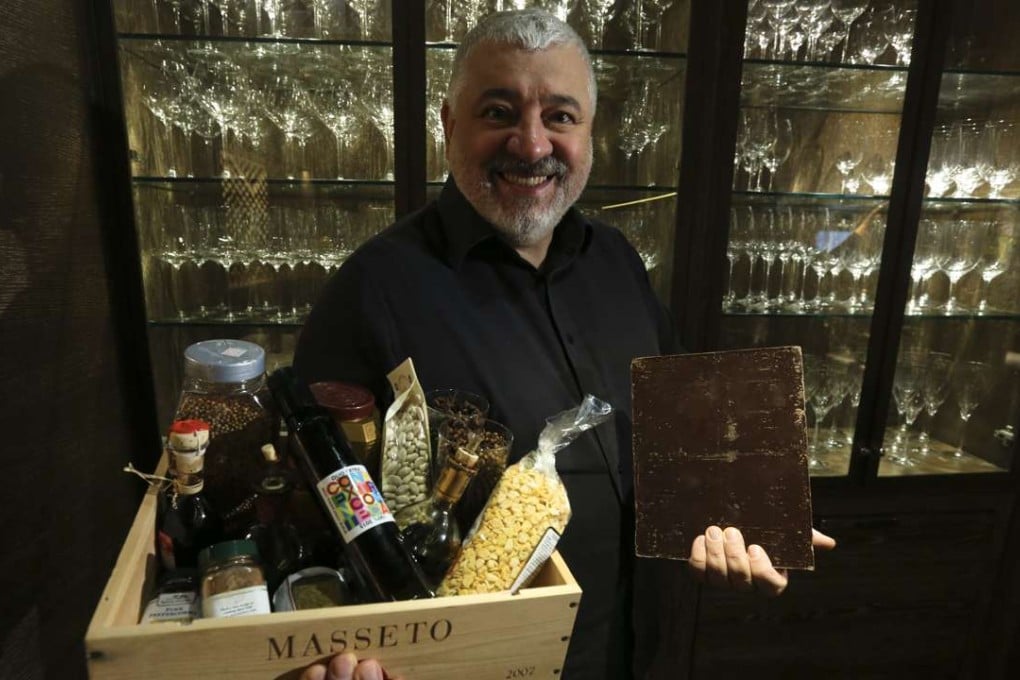We take a peek inside top Hong Kong Italian chef Umberto Bombana’s pantry
The chef-owner of three-Michelin-star restaurant Otto e Mezzo likes to keep things simple when he cooks for his family, and loves discovering new ingredients

Although Bombana is a busy man, he finds time to cook for his children, Bartolomeo, 16, and Emma, 12.
“My children always ask me to cook pasta. Usually it’s artisanal dried pasta,” he says. “Sometimes I just buy different brands to try them out and compare them – I’m always curious and want to try different things.”
Currently, he’s using the Pasta Mancini, Giuseppe Cocco Fara S. Martino and Gentile brands.
“[Bartolomeo cooks with the] basics, just what we have at home all the time, such as garlic, pepper, olive oil. Sometimes, I’m sleeping and I smell garlic, and then [I find] he’s cooking pasta. He does it well.”